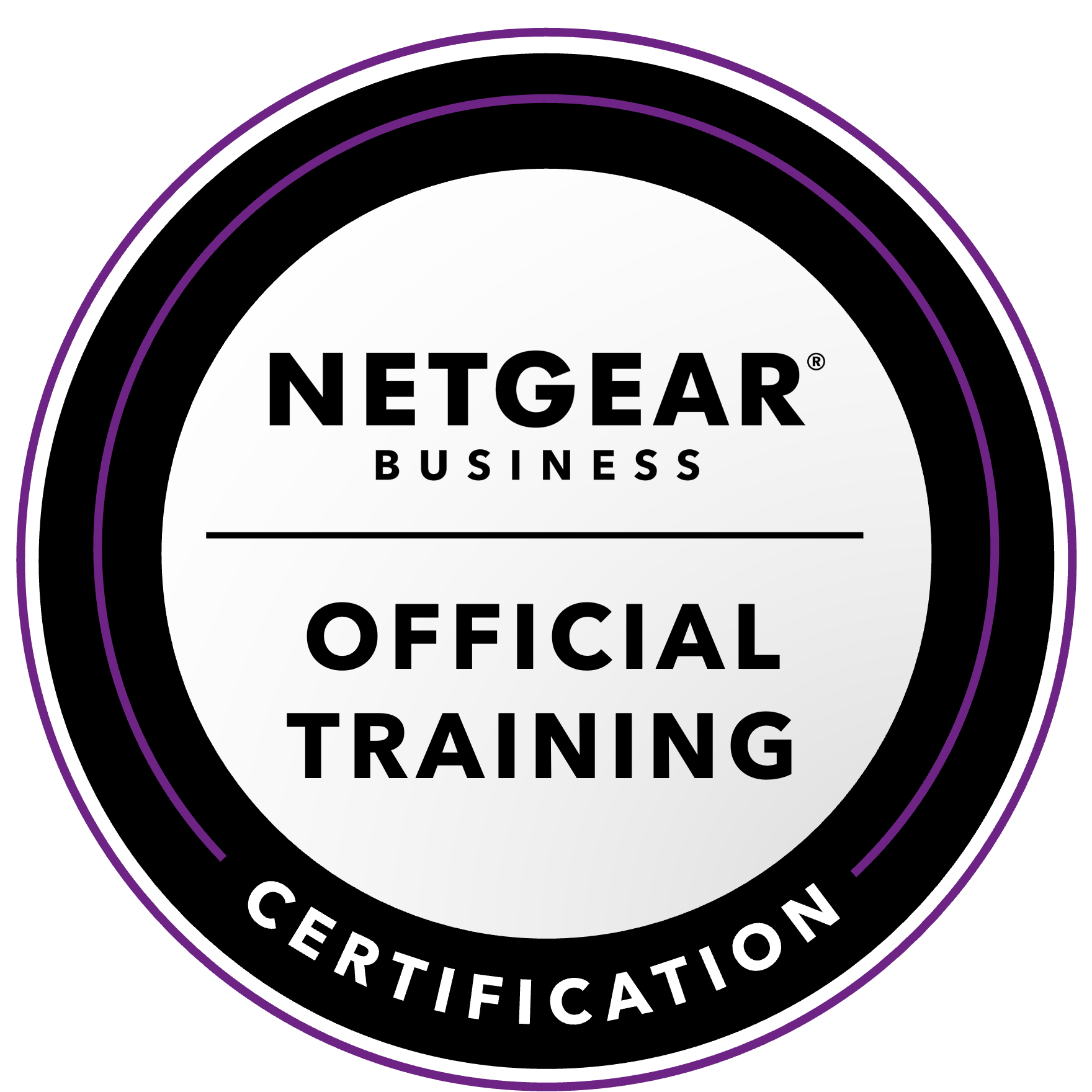NETGEAR is aware of a growing number of phone and online scams. To learn how to stay safe click here.
Forum Discussion
Alfnie
Apr 28, 2024Aspirant
ReadyNas Pro4 does not boot - at 85% fvbackup-q.service - Management service is offline
Hi,
My ReadyNAS Pro 4 will not boot anymore. It keeps hanging at 85% fvbackup-q.service, Raidar shows Management service is offline, and I can't login the admin-page anymore.
I have already read a lot and tried some things, but without success. I am curious if somebody can help me out with this issue.
I have upgraded the Readynas to OS6 last summer 2023 to 6.10.8, with all the good instructions from this community. I use it as COLD storage for backup purpose, so it's turned on like once per week. It ran like stable for 10months, but as of last week, it won't boot again.
I have read some related articles from this community, in which I recognize my issue, but can't find the steps to fix it for myself.
Unable-to-connect-to-ReadyNAS-Admin-page
stuck at 97% and mentions the fvbackup-q.service
What I have found out so far:
- Putty SSH does not work - SSH seems not enabled
- Putty Telnet does work - I have booted ReadyNAS in Tech Support mode and logged in (nothing more)
- Memory test was good, 0 errors, it ran for like 24hours, then I manually shutdown the NAS
- I have used Rsync for backup content to some USB-HDD (formatted EXT4)
I really would appreciate the help! Thanks in advance.
Of course the issue is here:
3.1G /mnt/media/media only should contain mount points for USB drives (e.g., USB_HDD_1,etc). These mount points should be empty. So look in each subfolder and delete the files you see there (leaving the mount points).
Files can end up in these folders when a USB drive disconnects when a backup job is running.
FWIW, remounting the root as /mnt is useful when the NAS is running normally, as it keeps the mounts out of the way. It isn't needed in tech support mode, as nothing (including your data volume) should be mounted on a root folder.
14 Replies
Replies have been turned off for this discussion
- StephenBGuru - Experienced User
Have you tried using the boot menu option to skip the volume check?
Also, do you have data you have to off-load? If not, have you tried doing a factory default?
- AlfnieAspirant
StephenB wrote:Have you tried using the boot menu option to skip the volume check?
As a follow up on your post I am doing it now. It took long on apache2.service and now it still stalls on fvbackup-q.service.
StephenB wrote:Also, do you have data you have to off-load? If not, have you tried doing a factory default?
I do have a backup, but it's like at least 2 months old, and I have organized some file recently. So it's no lifechanging event if I loose the recent changes, but I would really dislike that. That would be my final solution if nothing else prevails. Hence, I have not done a factory default yet.
- SandsharkSensei
In the third post you referenced, the poster's issue did seem to be a full OS partition, though he never showed what the partition use was before he deleted a lot of superfluous files and never explicitly says the file deletion he did was the fix. Do you have SSH enabled so you can check the OS partition use? The other poster still had SSH access when it failed to fully boot.
- AlfnieAspirant
Sandshark wrote:In the third post you referenced, the poster's issue did seem to be a full OS partition, though he never showed what the partition use was before he deleted a lot of superfluous files and never explicitly says the file deletion he did was the fix. Do you have SSH enabled so you can check the OS partition use? The other poster still had SSH access when it failed to fully boot.
I can't remember that I have enabled it on OS6, since it's default is OFF, I would say the SSH is disabled.
Also, I have tried to SSH it with Putty (port 22), the response is "Fatal Error, Network error: Connection refused". I would again say the SSH is disabled.
However, I am able to reach it with Putty>Telnet from Tech-support mode.
Related Content
NETGEAR Academy

Boost your skills with the Netgear Academy - Get trained, certified and stay ahead with the latest Netgear technology!
Join Us!
